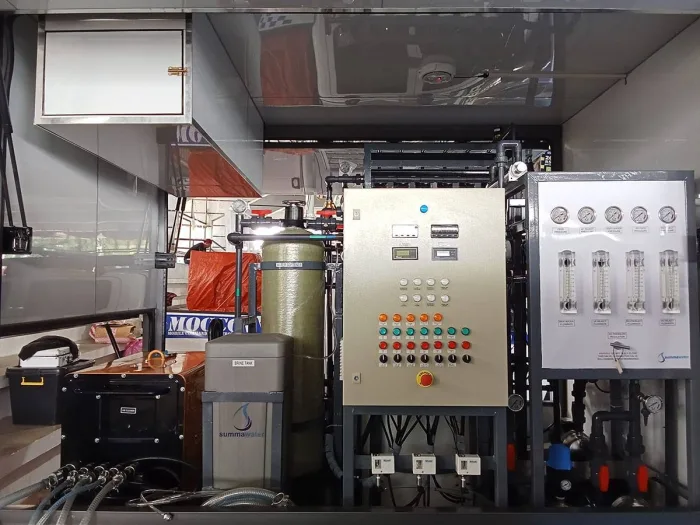
DoST to Equip Bulacan’s PDRRMO with Advanced Mobile Water Treatment Plant
The Department of Science and Technology (DoST) is gearing up to provide the Provincial Disaster Risk Reduction and Management Office (PDRRMO) of Bulacan with a Mobile Water Treatment Plant (MWTP).
This initiative mirrors the support previously extended to the provinces of Aurora and Larlac, as part of the DoST’s Community Empowerment through Science and Technology (CEST) program, with the project valued at P3 million.
As per the Philippine Information Agency, the state’s media outlet, DoST Provincial Director Angelita Parungao highlighted that the MWTP has the capability to purify up to 500 liters of drinkable water every hour, sourcing from floodwaters, underground reservoirs, and rainfall.
The MWTP’s features were showcased during the Regional Science, Technology, and Innovation Week, which commenced on Monday, October 23, in Botolan, Zambales.
The equipment is mounted on a custom-made four-wheel trailer truck, designed for compatibility with light four-wheel vehicles.
Key components of the MWTP encompass a media filtration system (MFS), water softening system (WFS), ultrafiltration system (US), reverse osmosis system (ROS), and a post disinfection and filtration system (PDFS).
The MFS is adept at filtering out larger contaminants like stones, iron particles, chlorine, and other organic matter. The WFS targets and removes elements causing water hardness, such as calcium and magnesium, through ion exchange. The US utilizes water pressure to eliminate semi-permeable contaminants, while the ROS ensures water purification. Lastly, the PDFS acts as a final filtration stage, ensuring the water’s quality and removing any residual impurities.
To ensure its operation in areas without electricity, especially during emergencies, the MWTP is equipped with its own generator. However, in regions with available power, it can be linked to the local electricity grid or utility provider.
Manuel Lukban, the Head of PDRRMO, lauded the DoST’s initiative, emphasizing its potential in guaranteeing a consistent supply of clean water, especially during natural disasters, floods, and droughts.
